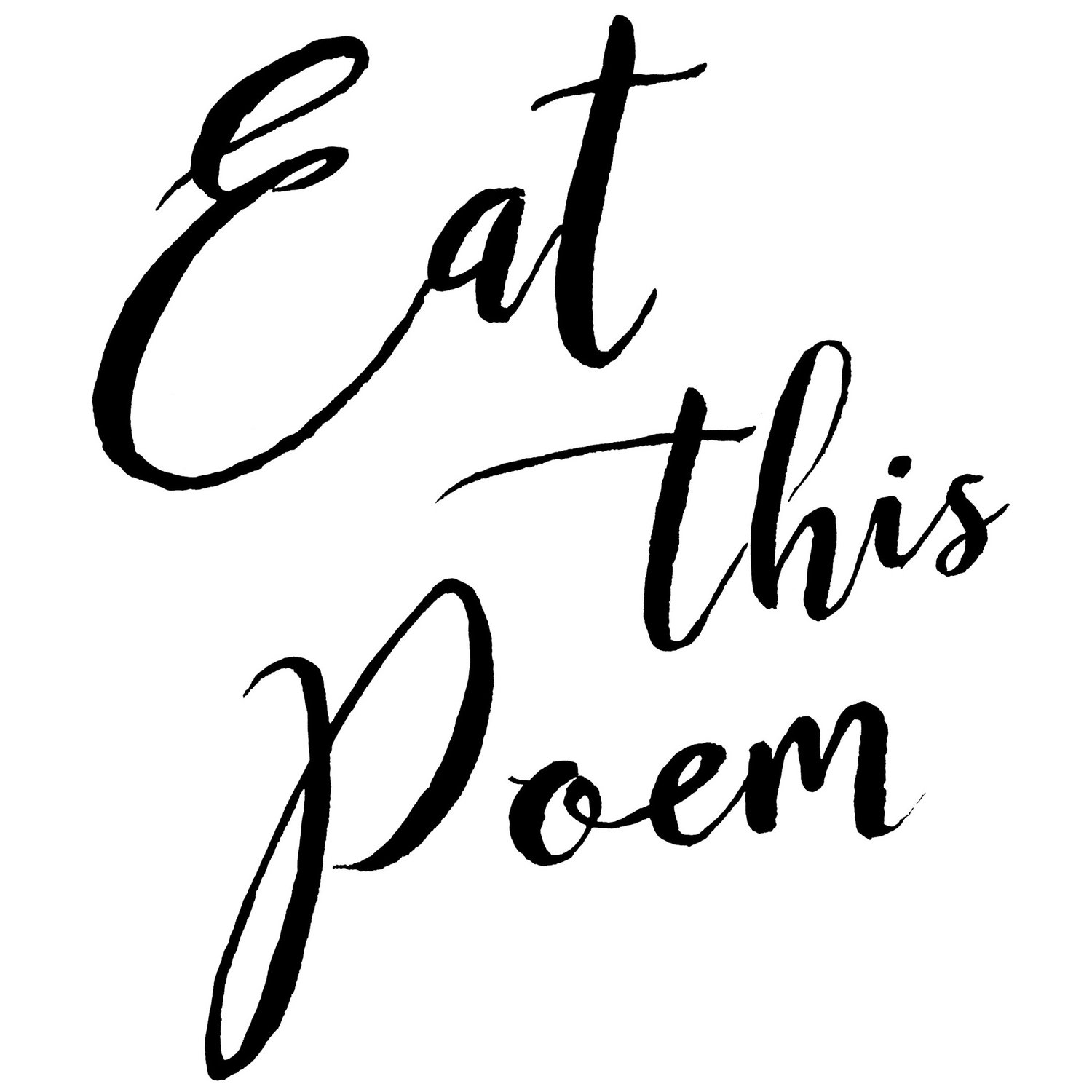On the morning of September 11, 2001, I woke up in my parent's house. It was a few weeks before my sophomore year of college started, and I'd spent the summer lifeguarding before moving back to campus. I was tan, well rested, and excited to see my boyfriend again.
I remember my mom coming into my room, then words like "New York" and "terrorism" and "planes" hitting my ears. I moved to the couch, curled up with a blanket, and listened to everything Peter Jennings had to say. He was wearing a light blue shirt, I remember. His eyes looked tired but warm, and he was occasionally on the brink of tears, like us all. He didn't leave the desk for twenty-four hours, maybe more. I didn't leave the couch very often, either. There was nothing else to do in those first few hours except wait and watch.
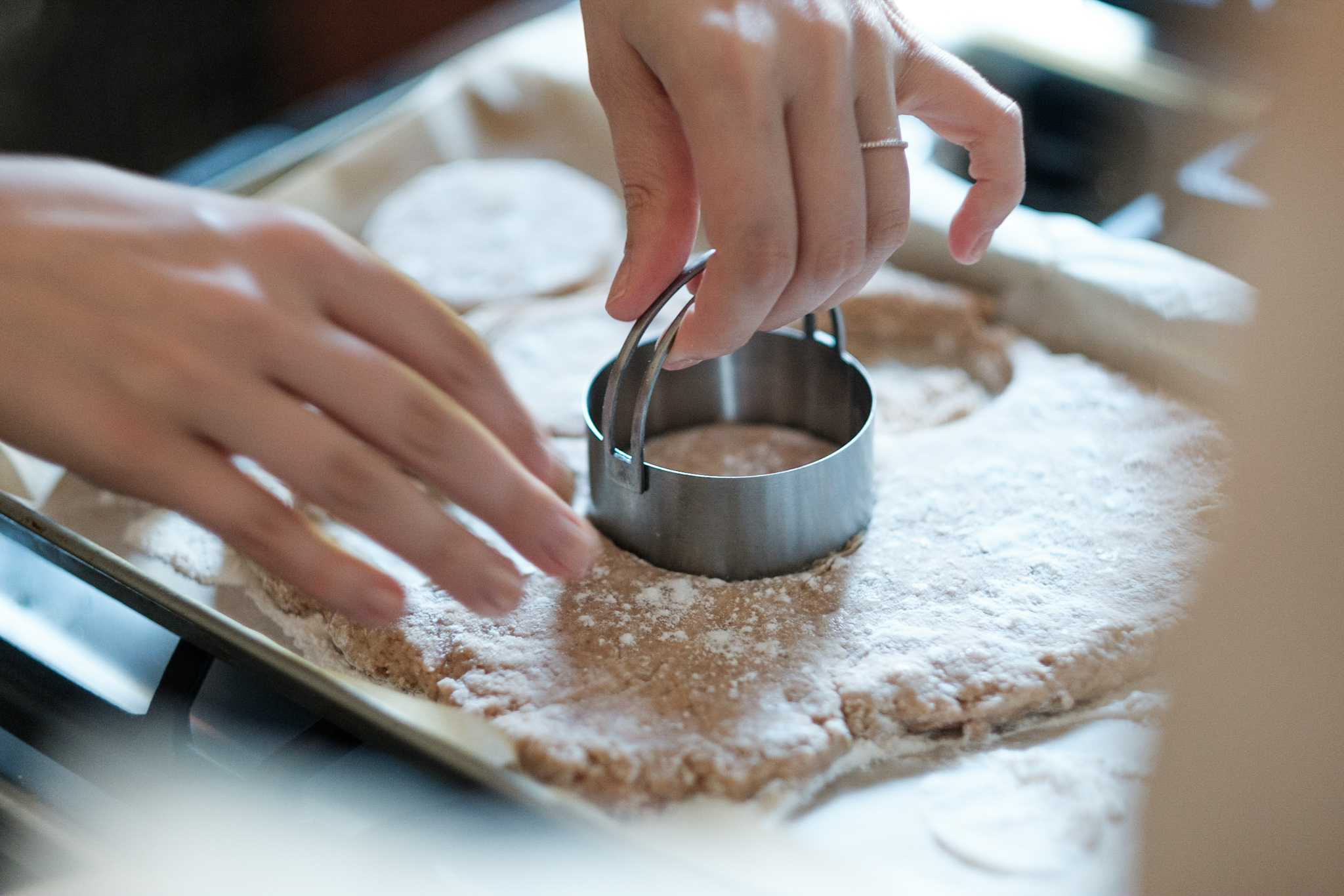
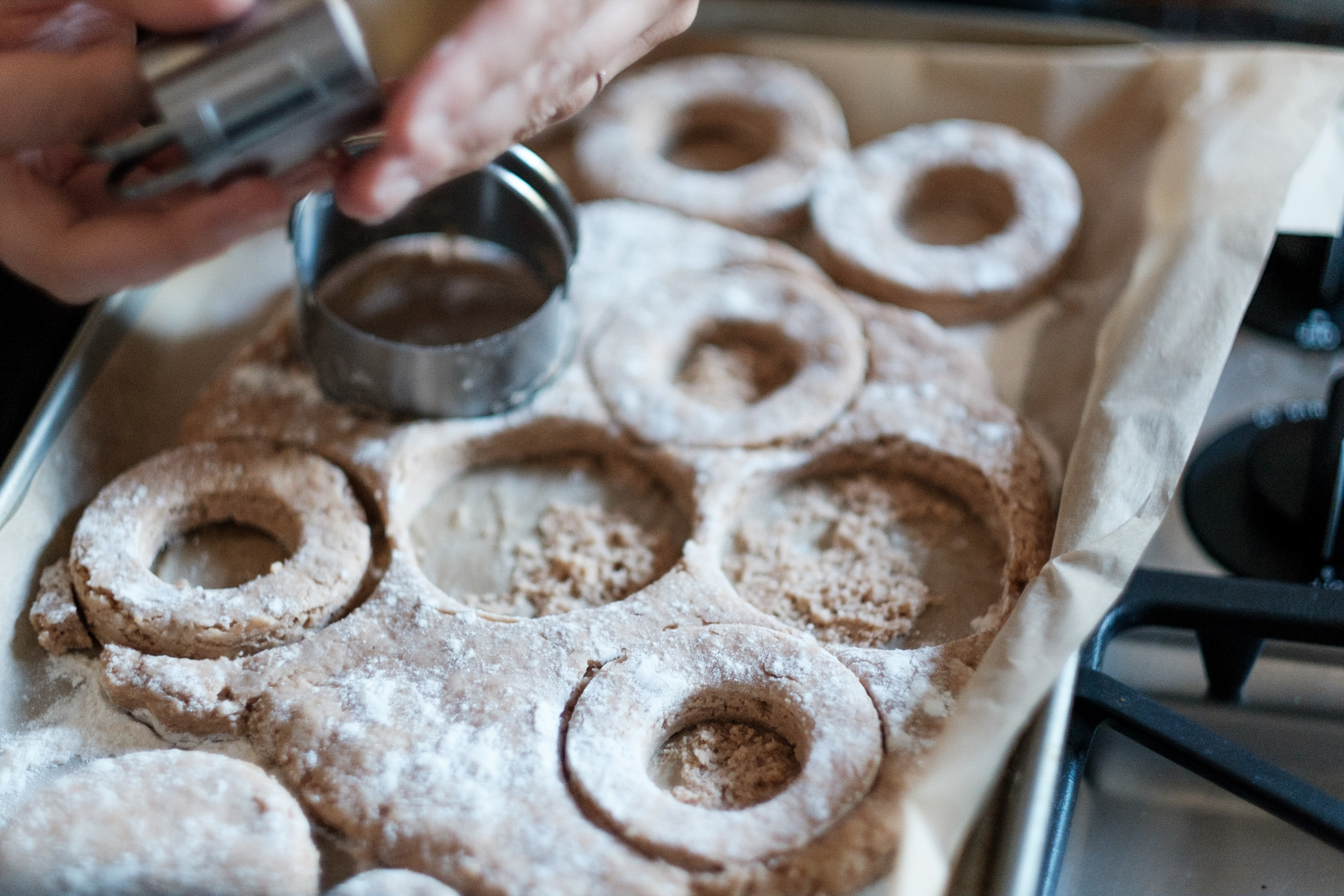
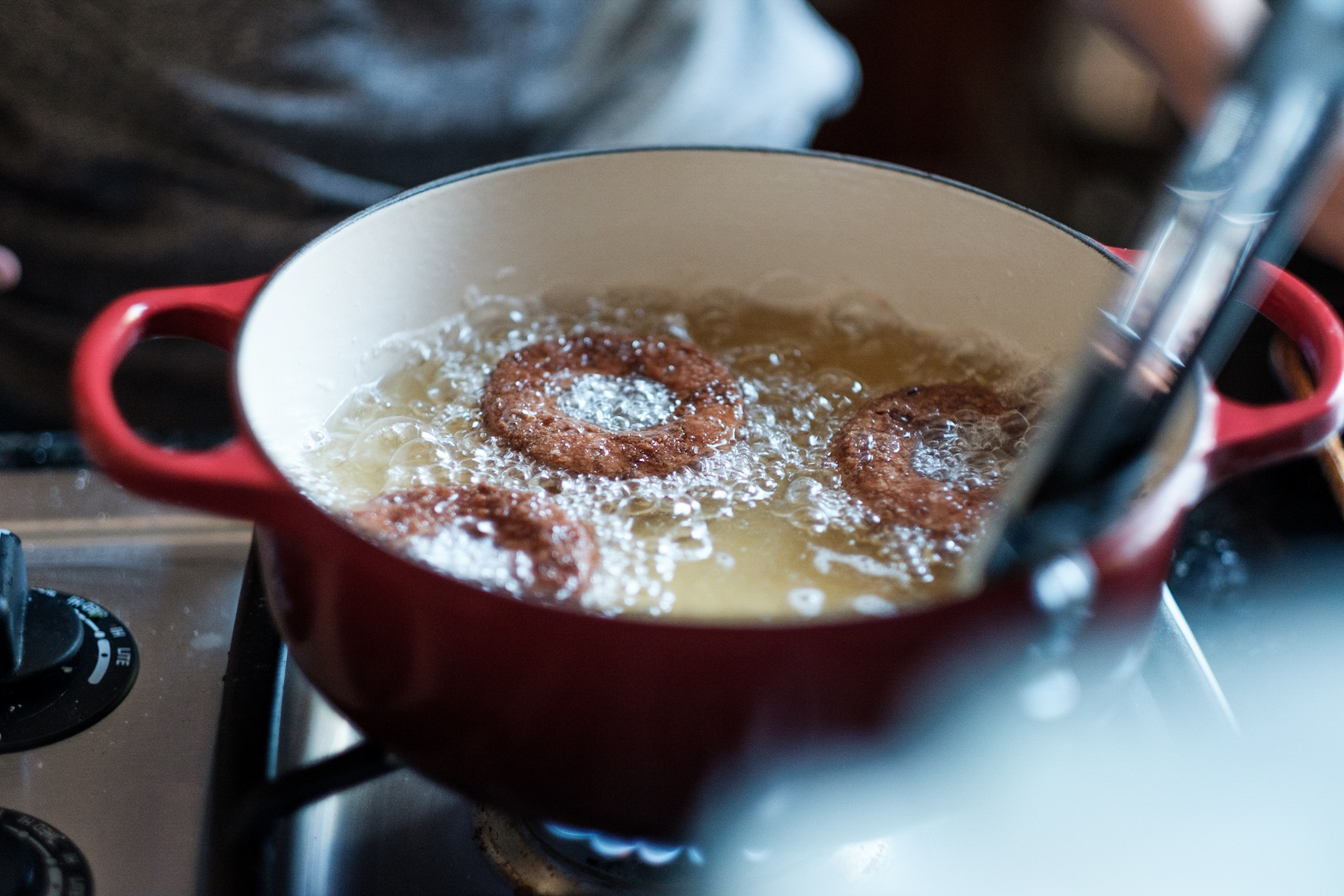
5 World Trade Center
By James Penha
Home in Indonesia we watched by night
plane after plane crash into the towers and the towers
come crashing down and I thought in the crash
of recollections in the hours that followed
of the sweet servers at a Krispy Kreme beneath
the Plaza we visited every year at least once
on our trips to my New York hometown.
The company declared the store destroyed
though workers and customers escaped unharmed
and pictures surfaced later
showing trays of donuts waiting still to be told
where to go while a rag and spray bottle
of cleaning solution lay on a table under
a profound film of dust no one wiped away.
Penha, James. "5 World Trade Center." Copyright © 2017 by James Penha. First published
in The Book of Donuts (Terrapin Books). Reprinted by permission of Terrapin Books.
The best poems, I find, are usually about two things. Of course there are the urgent, present details being shared on the page. But underneath the surface, there's often much more. Reading these lines thrust me sixteen years back in time, and like the donuts and the spray bottle, left me perhaps a little frozen remembering the bright, unsuspecting Tuesday morning.
Let's begin with the donuts. On the morning of 9/11, a New York native watches the events unfold halfway around the world, from his home in Indonesia. In darkness, a memory appears, and he recalls a Krispy Kreme shop, the one he always visited during annual trips to the city. Before this moment, you might not have imagined a donut being capable of eliciting such an emotional response. It's only flour and sugar, after all.
But below the donuts, the poem seeks to make sense of tragedy (a theme this year, no?). The details we remember might seem trivial, but in a poet's hands, they become relatable. How many donuts have we eaten in our lifetime already? I've certainly had my share, and now I may never eat another without remembering these words or the image of dusty confections, trays of them, never delivered, utterly symbolic of the lives of men and women who perished, lives never fully lived.
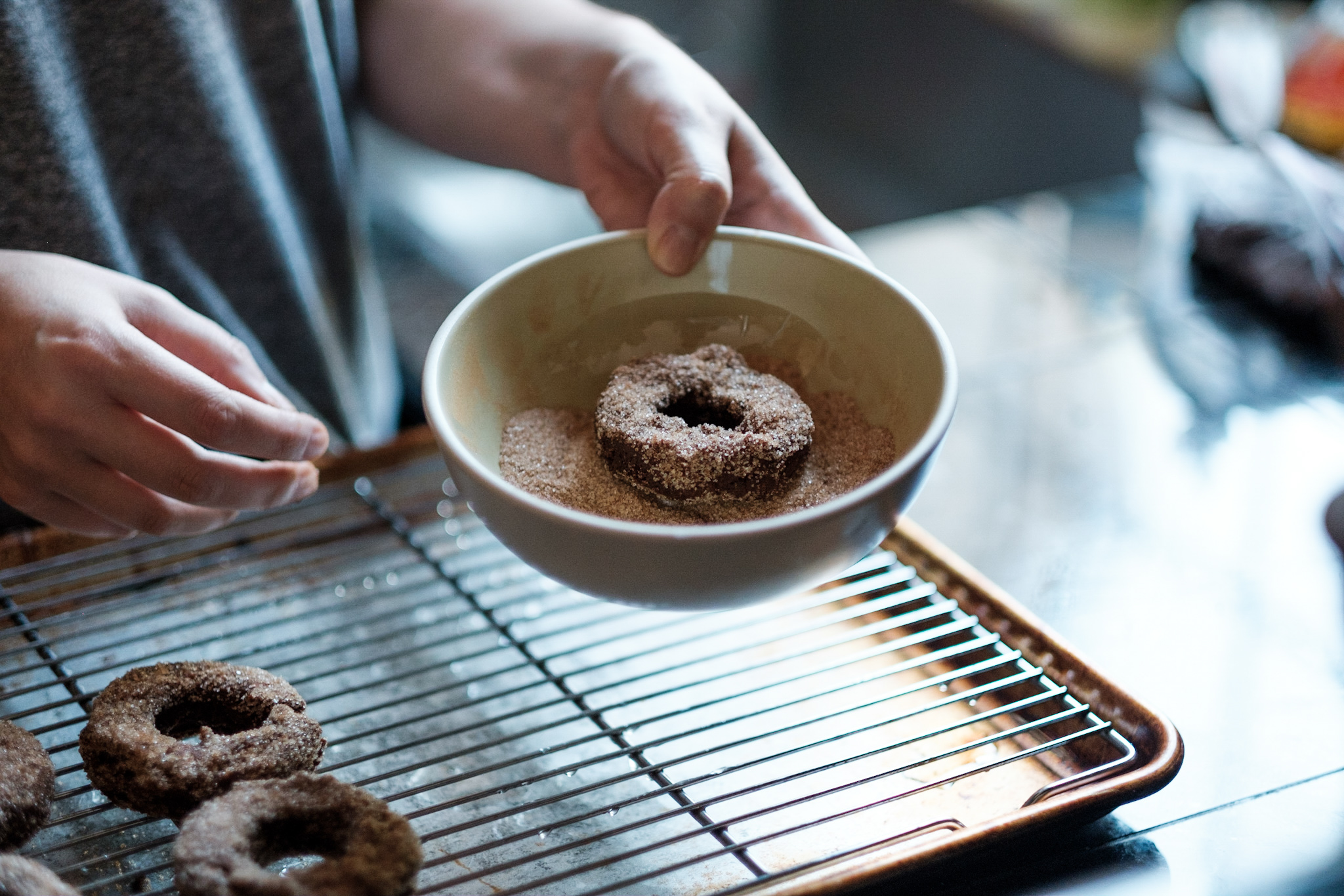
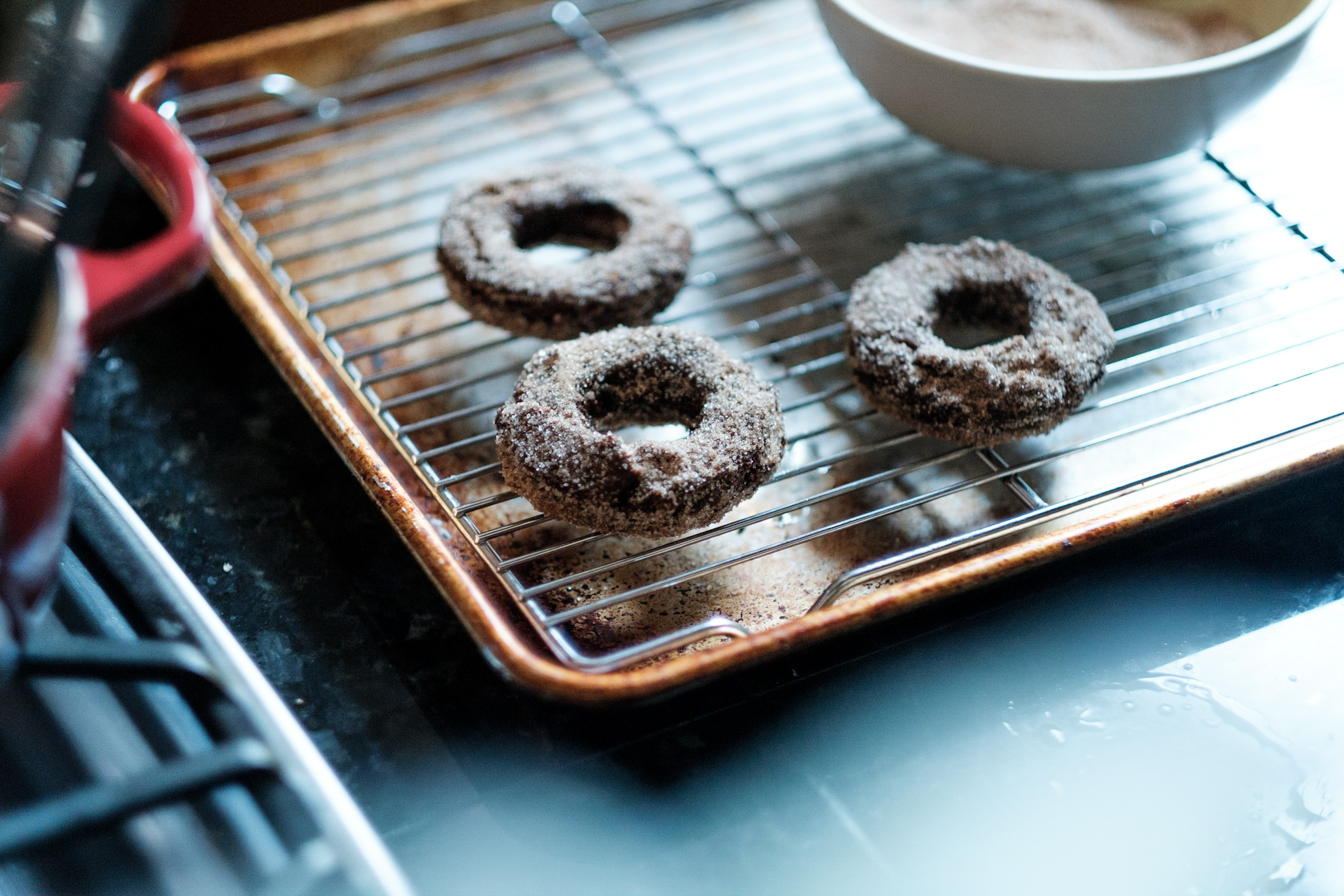
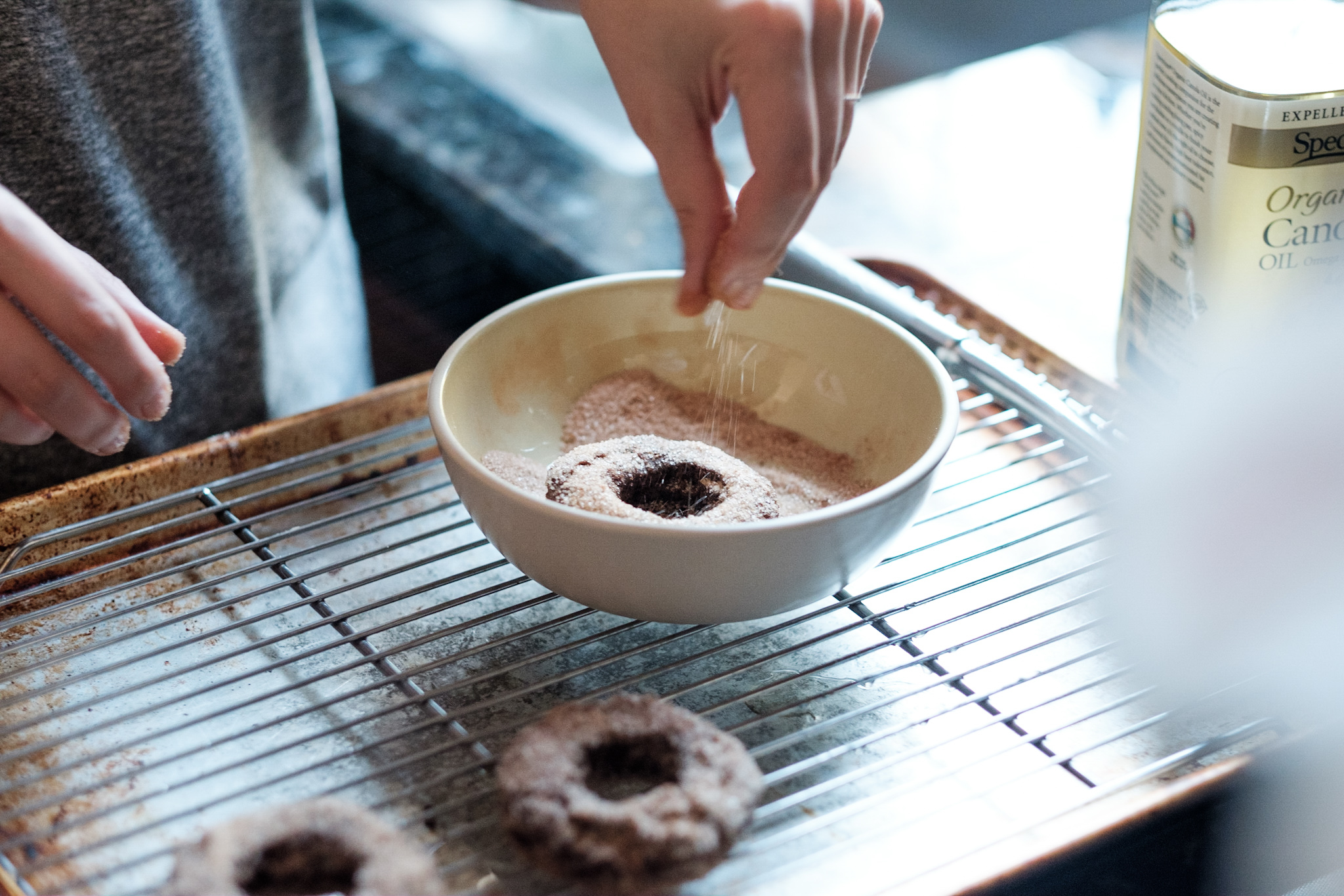
Apple Cider Donuts
Recipe adapted from Bon Appetit; Makes about 8 donuts, plus 12-16 donut holes
The original recipe makes 18 donuts, but I really don’t need that many at home, so I made a smaller batch. Also, it’s good to know in advance that these are a bit of a project. Don’t expect to wake up Wednesday morning and make donuts (well, unless you do everything in advance.) There are about 20-30 minutes when the cider needs to reduce on the stove, and the dough needs to chill for 3 hours before frying.
Some ingredient notes: Apple cider is recommended, but I totally forgot to check at my farmers’ market and ended up grabbing a bottle of juice from the store. Oh, apple butter is a nice addition here, I used the Eden Foods brand.
1 3-inch cinnamon stick
1 1/2 cups apple cider or juice
1/4 cup apple butter
1/4 cup buttermilk
1 teaspoon vanilla extract
1 1/2 teaspoons baking powder
1/2 teaspoon sea salt
1/8 teaspoon baking soda
1/8 teaspoon ground nutmeg
1 3/4 cup all-purpose flour, plus more for dusting
2 teaspoons cinnamon, divided
3 tablespoons unsalted butter, room temperature
2 tablespoons (packed) light brown sugar
1/2 cup plus 2 tablespoons granulated sugar, divided
1 egg
Vegetable or canola oil, for frying (about 4 cups)
Bring cinnamon stick and cider to a boil in a small saucepan over medium-high heat. Cook until thick, syrupy, and reduced to about 2 tablespoons. Discard cinnamon stick, then scrape into a medium bowl and whisk in apple butter, buttermilk, and vanilla until smooth.
While the cider reduces, whisk baking powder, salt, baking soda, nutmeg, flour, and 1 teaspoon cinnamon in a medium bowl. In a stand mixer, beat butter, brown sugar, and 2 tablespoons granulated sugar until light and fluffy, about 4 minutes. Add egg, beating well. Reduce mixer speed to low and add dry ingredients in two additions, alternating with liquid ingredients. The dough will be very soft and sticky.
Line a baking sheet with parchment paper and dust generously with flour (at least 1/4 cup). Dust hands and top of dough with more flour, then gently pat dough to 3/4-inch thick. Dust with more flour and cover with plastic wrap; refrigerate 3 hours.
Whisk remaining 1/2 cup granulated sugar and 1 teaspoon cinnamon in a small bowl.
Working on baking sheet, punch out as many rounds as you can using a 3-inch cutter, then punch out the center with a smaller cutter. Gather donut scraps and gently re-roll without overworking the dough.
Set a wire rack on a rimmed baking sheet. Pour oil into a 4-quart dutch oven and heat to 350°. Working in batches, fry donuts until deep golden brown, about 3 minutes per side. Fry donut holes until deep golden brown, about 2 minutes per side. Transfer to the rack, then toss in cinnamon sugar before serving.
